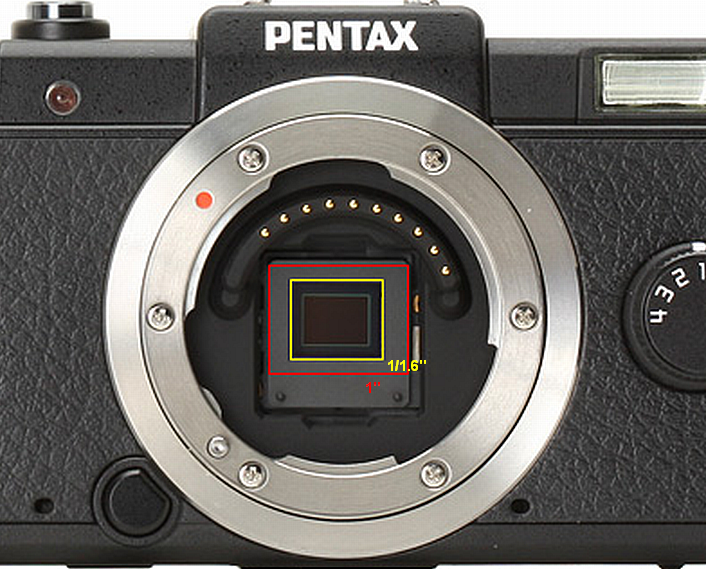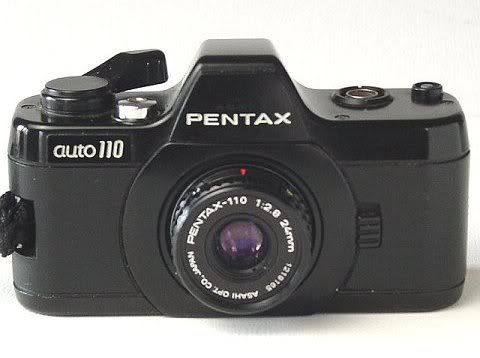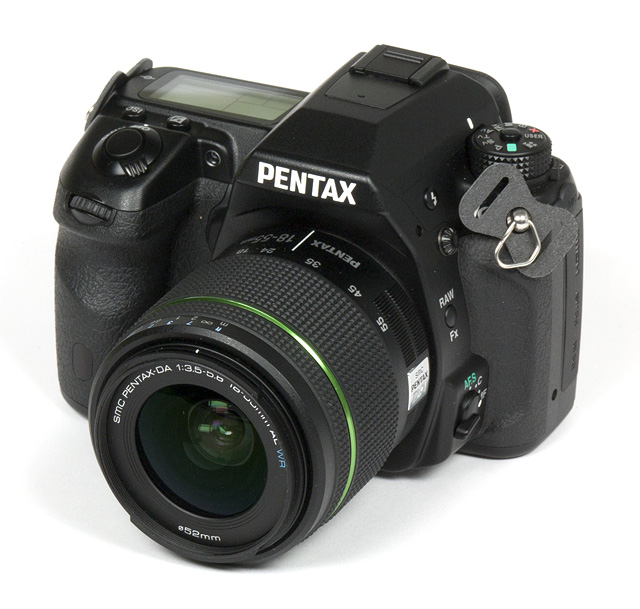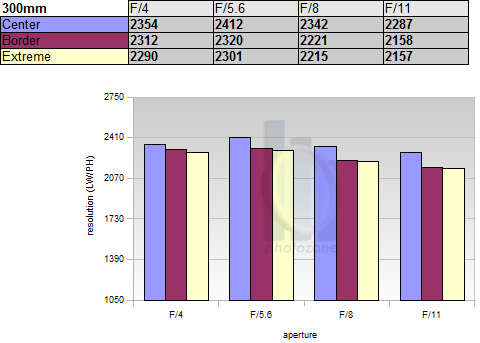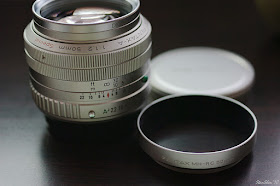I think we have more than enough "Pentax Q" news and talks today, too much in a way that we have almost forgot our K-mount system, and the various issues of the current lineup. (and its future!)
Two days ago, Pentax released the
firmware version 1.10 for the K-r, K-5 and 645D, officially claimed to support the new GPS add-on module of
O-GPS1, as the only change to this update.
During these two days, I have seen just so many K-r users, who had been thinking for too long for a firmware fix of the infamous tungsten light Front Focusing (FF) issue of their K-r, have suspected and reported that it *might* have been improved, "secretly" and "silently". However, I have been so susceptible about these claims. It is because if Pentax has made it, it should have been declared officially.
So, it's time for me to do some controlled test to find out the truth. I have conducted this experiment last night:-
1. Put my K-r on the tripod, set in Av mode, 2-sec timer with mirror locked up, AF-S with central AF point only, lens used: DA35/2.4 at wide opened, as shown below:-

2. The focus target is as follow, the central AF point of the camera is pointed to the top part/tip of the object, which is flat and with some contrasty pattern, i.e., the smaller Japanese/Chinese words of "特濃”, to be precise:-

Do note that the object has a inclined surface and eventually the (larger) front part of it becomes flat again (and there is also contrasty pattern and the words to see if the surface is in focus or out). Note that the surface for which the AF is focused on and the front surface closest to the camera are roughly parallel to the image sensor plane.
3. I then took 3 shots to test where the AF finally arrived at, namely: The first one is under
full tungsten environment (traditional type, not yellow-coloured fluorescent) without any focus adjustment; The second one is also under tungsten but with "AF Fine Adjustment" set to a maximum value of -10 (i.e., to pull the focus backwards as far as possible) and; The third one is under
pure white light environment but without any focus adjustment enabled.
Do also note that I did the AF by half-pressing and re-half-pressed again and again until there is no hunting anymore, so that the camera believed that it was the correct AF point to be achieved.
4. As a remark, the tungsten light bulbs I used was a mixture of GE, Philips and Osram brand products. The white light source was a Panasonic fluorescent light tube.
I intentionally kept both the lighting illumination level of both the Yellow and White light to be the same on the test object. Eventually, all the test pictures taken are come up with the exposure of f/2.4, 1/60s at ISO800, regardless of the colour of the light source used and the settings in the camera.
5. I then upgraded the firmware, keep the camera position unchanged and did not move the camera in any means!



6. After completing the firmware upgrade, I re-did my test with the new firmware.
7. Here we go! The results are as follows (all EXIF data are preserved, Click to download the full-sized pictures):-
| FW 1.01, Tungsten, No AF Adj. | FW 1.01, Tungsten, AF Adj. at -10
| FW 1.01, White Light, No AF Adj.
|
 |  | 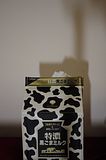 |
| FW 1.10, Tungsten, No AF Adj. | FW 1.10, Tungsten, AF Adj. at -10 | FW 1.10, White Light, No AF Adj. |
 |  |  |
So, after all, it's your take now! Do you and could you find *any* difference?! :-o (Don't be lazy and I suggest you to try hard to measurbate, before reading my findings and conclusion below! ;-D)
The simple and clear findings are as follows:-
1. Tungsten light always causes severe front focusing. The error is so large that the out focused image can be seen even in web sizes! :-o Hey, Pentax, this is just a F2.4 lens at 35mm, the DoF is not that shallow! Right?
2. An adjustment factor of -10, which is the maximum allowed value for compensating the front focusing, does make thing better but it is still NOT adequate, as it still can be seen! :-(
3. Once the light source is changed from yellow to white, everything is back to normal and the AF is DEAD accurate with this combo (K-r + DA35/2.4)! :-o
4. The new firmware has NOTHING to do to correct this problem, which I now firmly believe that the problem is caused by a hardware bug and is a latent design defect, but not of anything that is software related!! >:-[
After all, I am really afraid to say, it's pathetic that wishful thinking again has come into play! But I know, this issue is
really annoying! Pity us, we K-r and Pentax users! >:-((

